
Nicolas Van Praet of the Globe and Mail
reports WSP Global to buy TRC Companies in continued push to build capability
Canadian engineering firm WSP Global Inc. is bulking up once again, announcing a deal to buy U.S. power and energy service consultancy TRC Companies as it continues a relentless drive to build capability and consolidate the industry.
WSP
will pay US$3.3-billion in cash for TRC and take on its 8,000
employees, becoming the largest engineering and design firm by revenue
in the United States when the transaction closes, the Montreal-based
company said in a statement Monday. TRC, based in Windsor, Conn., is
currently owned by funds managed by private equity firm Warburg Pincus
LLC.
The transaction is expected to be completed in the first quarter of 2026.
“Joining
forces will position our business for accelerated organic growth and
create an integrated platform with industry-leading capabilities in
advisory, engineering, and program management,” WSP chief executive
officer Alexandre L’Heureux said in a statement. “Together, we are
poised to deliver more complex projects and offer expanded end-to-end
services to help solve our clients’ critical needs, from aging
infrastructure to grid modernization and electrification.”
The
acquisition is the latest in a wave of deals by WSP, as Mr. L’Heureux
reshapes what was once a boutique engineering business into a company
with a global reputation. Barely six months ago, WSP struck an agreement
to take over British transport and energy firm Ricardo PLC and in
October, 2024, finalized a deal to buy U.S. energy specialist Power
Engineers for US$1.8-billion.
WSP
said it expects the purchase to be accretive to its adjusted net
earnings per share by a low- to mid-single percentage to start, with
benefits climbing once cost savings are achieved. The company said
adding TRC will drive scale across several strategic high-growth areas,
including bolstering its digital offering.
WSP
will sell stock to help fund the deal and take on new debt. It will
raise at least $850-million in the share sale, including $732-million in
a bought deal public offering run by a banking syndicate led by CIBC
Capital Markets.
The
company has also struck a private placement agreement with the Caisse de
dépôt et placement du Québec for proceeds of about $118-million. The
pension fund, which is already WSP’s single biggest shareholder, would
increase its stake to about 14 per cent with the transaction.
TRC
began in 1969 as The Research Corporation of New England, a
meteorological and air quality analysis firm. Today, its work includes
designing automation systems for energy company Avangrid Inc., and
advising Eversource Energy, an electric utility, on the development of a
utility-scale battery energy storage system for Cape Cod, Mass.
WSP
is benefiting from several major trends in its business. Governments in
the United States and other Western countries plan to invest billions
of dollars in infrastructure over the next few years, tapping the kind
of expertise WSP has sharpened over time. Those same countries are also
trying to figure out how to decarbonize their economies in part through
renewable energy, electricity system revamps and other projects – and
WSP is booking that type of work as well.
The
company, perhaps best known for its transportation projects and
superskinny skyscrapers, recently won the largest contract in its
history. WSP will provide its expertise for Britain’s Great Grid
Upgrade, the biggest overhaul of the electricity network in England and
Wales in decades.
The Environment Journal also reports WSP to super charge energy services with TRC acquisition for $4.5B:
Montreal-based WSP Global Inc., one of the world’s leading professional service firms, has agreed to acquire TRC Companies, a U.S.-based engineering and construction firm.
The
proposed acquisition, for a total cash purchase price of US$3.3 billion
(approximately $4.5 billion based on the current exchange rate), marks a
significant step on WSP’s journey to achieve its 2025-2027 Global
Strategic Action Plan. The proposed acquisition will position WSP as the
largest engineering and design firm in the U.S., supercharging its
power and energy offering and enhancing its capabilities across the
water, infrastructure, and environment sectors.
Based in Windsor,
Connecticut, TRC has been a pioneer in adaptability and innovation for
more than 55 years. TRC has established itself as a leader and
recognized strategic advisor in the engineering and consulting industry,
maintaining relationships with blue-chip utilities. Its team of
approximately 8,000 employees offers an integrated approach that
delivers long-term value for clients facing complex infrastructure and
energy challenges.
The proposed Acquisition complements WSP’s offering in attractive market
sectors, will expand its client relationships, and enhance its
capabilities throughout the project lifecycle, notably with a portfolio
of advisory practices tailored to utilities and program management
expertise. It will also create potential cross-selling opportunities
across power engineering, environmental solutions, and advisory
services. At the same time, TRC will bring a shared commitment to
innovation and operational excellence, with investments in digital
solutions and a highly skilled workforce—further amplifying WSP’s
ability to deliver integrated, future-forward solutions.
“The proposed Acquisition of TRC is a defining moment in the execution
of WSP’s 2025-2027 Strategic Plan. Building on our track record of
excellence and compounding financial performance, this strategic move
will cement WSP as the Power & Energy consulting leader in the U.S.
and globally. Joining forces will position our business for accelerated
organic growth and create an integrated platform with industry-leading
capabilities in advisory, engineering, and program management,”
stated Alexandre L’Heureux, President and Chief Executive Officer of
WSP.
“With TRC’s highly complementary expertise in power delivery,
transmission, distribution, and advisory services, our combined offering
will cover the entire utility and infrastructure value chain. Together,
we are poised to deliver more complex projects and offer expanded
end-to-end services to help solve our clients’ critical needs, from
aging infrastructure to grid modernization and electrification.”
Also
commenting on the acquisition, Christopher P. Vincze, Chairman and
Chief Executive Officer of TRC, said: “The joining of our two firms will
create significant and exciting opportunities for our people, our
clients and the communities in which we live and work. With TRC’s
innovative, technology-oriented power business, underscored by an
advanced use of digital, we will significantly strengthen WSP’s Power
& Energy offering. Additionally, TRC’s globally recognized
Environmental & Infrastructure business, which is the seed from
which TRC grew, will enhance WSP’s capabilities across Water,
Infrastructure and Environment. Our combined skill sets will elevate us
to better support, over the next decade and beyond, our people and
planet as we face unprecedented growth of power needs on the back of
ongoing electrification, the re-emergence of domestic manufacturing in
the U.S. and the continued growth of infrastructure.”
Reflecting
on their investment, Kim Thomassin, Executive Vice President and Head of
Québec at La Caisse said: “With this investment, La Caisse once again
demonstrates its ongoing commitment to WSP, helping to position the
company as a leader in engineering and design in the United States and
globally, while accelerating the development of its Energy offering, a
sector with strong potential. This transaction is at the core of our
strategy to support the international expansion of companies firmly
rooted in Québec and to give them the means to achieve sustainable
growth.”
The deal is expected to close in Q1 2026 pending regulatory approvals.
On Monday, La Caisse issued WSP's press release on its website:
- Milestone transaction: Welcoming a U.S.
premier Power & Energy brand of approximately 8,000 people to create
the #1 Power & Energy platform in the U.S.1 for a total cash purchase price of US$3.3 billion.
- Highly accretive:
Expected to be low- to mid-single digit percentage accretive to WSP’s
adjusted net earnings per share and high-single digit percentage
accretive once cost synergies are fully realized2,3.
- Highly complementary:
Expands our offering in the Power & Energy sector and provides
potential cross-selling opportunities similar to our POWER
Engineers experience.
- Drives scale across strategic high-growth areas fuelled by strong fundamentals:
- Grows Advisory capabilities
- Expands Program Management expertise
- Adds to Digital offering with innovative solutions
- Enhances service offering across Water, Infrastructure and Environment
- Elevates leading position in the U.S.: Combined with TRC, WSP will become the largest engineering and design firm in the U.S. by revenue4, with approximately 27,000 employees.
- Provides further diversification: 34% of U.S. net revenues to be derived from the Power & Energy sector5.
- Accelerates WSP’s organic growth rate profile globally:
Approximately two-thirds of WSP’s global net revenues to be derived
from Canada and the Americas, and approximately 20% from Power &
Energy—a double-digit organic growth rate sector6.
- Fully aligned with WSP’s 2025-2027 Global Strategic Action Plan: Pioneering change for empowered growth.
- Equity Offering:
~$850 million equity offering composed of $732 million bought deal and
approximately $118 million concurrent private placement with La Caisse.
WSP Global Inc. (TSX: WSP) (“WSP” or the
“Corporation”), one of the world’s leading professional services firms,
proudly announces it has entered into an agreement to acquire TRC
Companies (“TRC”), a premier U.S. Power & Energy brand delivering
end-to-end solutions that support the full infrastructure lifecycle (the
“Acquisition”), currently majority-owned by funds managed by Warburg
Pincus LLC. The proposed Acquisition, for a total cash purchase price of
US$3.3 billion (approximately $4.5 billion based on the exchange rate
of $1.3762 USD/CAD as of December 15, 2025), marks a significant step on
WSP’s journey to achieve its 2025-2027 Global Strategic Action Plan.
The proposed Acquisition will position WSP as the largest engineering
and design firm in the U.S., supercharging its Power & Energy
offering and enhancing its capabilities across Water, Infrastructure,
and Environment.
Based in Windsor, Connecticut, TRC has been a
pioneer in adaptability and innovation for more than 55 years. TRC has
established itself as a leader and recognized strategic advisor in the
engineering and consulting industry, maintaining deep, long-term
relationships with blue-chip utilities. Its team of approximately
8,000 employees offers an integrated approach that delivers long-term
value for clients facing complex infrastructure and energy challenges.
The
proposed Acquisition complements WSP’s offering in attractive market
sectors, will expand its client relationships, and enhance its
capabilities throughout the project lifecycle, notably with a portfolio
of advisory practices tailored to utilities and program management
expertise. It will also create potential cross-selling opportunities
across power engineering, environmental solutions, and advisory
services. At the same time, TRC will bring a shared commitment to
innovation and operational excellence, with investments in digital
solutions and a highly skilled workforce—further amplifying WSP’s
ability to deliver integrated, future-forward solutions.
“The
proposed Acquisition of TRC is a defining moment in the execution of
WSP’s 2025-2027 Strategic Plan. Building on our track record of
excellence and compounding financial performance, this strategic move
will cement WSP as the Power & Energy consulting leader in the U.S.
and globally. Joining forces will position our business for accelerated
organic growth and create an integrated platform with industry-leading
capabilities in advisory, engineering, and program management. With
TRC's highly complementary expertise in power delivery, transmission,
distribution, and advisory services, our combined offering will cover
the entire utility and infrastructure value chain. Together, we are
poised to deliver more complex projects and offer expanded end-to-end
services to help solve our clients’ critical needs, from aging
infrastructure to grid modernization and electrification,” commented Alexandre L’Heureux, President and Chief Executive Officer of WSP.
Also commenting on the Acquisition, Christopher P. Vincze, Chairman and Chief Executive Officer of TRC, said:
“The joining of our two firms will create significant and exciting
opportunities for our people, our clients and the communities in which
we live and work. With TRC’s innovative, technology-oriented power
business, underscored by an advanced use of digital, we will
significantly strengthen WSP’s Power & Energy offering.
Additionally, TRC’s globally recognized Environmental &
Infrastructure business, which is the seed from which TRC grew, will
enhance WSP’s capabilities across Water, Infrastructure and Environment.
Our combined skill sets will elevate us to better support, over the
next decade and beyond, our people and planet as we face unprecedented
growth of power needs on the back of ongoing electrification, the
re-emergence of domestic manufacturing in the U.S. and the continued
growth of infrastructure. We were an early pioneer in the utility sector
and continue to be a trusted thought partner, working to create,
implement and manage complex strategies and programs to meet the
country’s power needs. TRC’s people continue to be passionate about
making the world a better place, and this next chapter will allow us to
come together with WSP in a very exciting way to further that goal.”
Reflecting on their investment, Kim Thomassin, Executive Vice President and Head of Québec at La Caisse said:
“With this investment, La Caisse once again demonstrates its ongoing
commitment to WSP, helping to position the company as a leader in
engineering and design in the United States and globally, while
accelerating the development of its Energy offering, a sector with
strong potential. This transaction is at the core of our strategy to
support the international expansion of companies firmly rooted in Québec
and to give them the means to achieve sustainable growth.”
FINANCIAL HIGHLIGHTS
- Proposed
Acquisition of TRC for a total cash purchase price of US$3.3 billion
(approximately $4.5 billion based on the exchange rate of
$1.3762 USD/CAD as of December 15, 2025).
- Acquisition price
represents 14.5x TRC’s Pre-IFRS 16 CY2026E Adjusted EBITDA
pre-synergies and 12.5x after including run-rate synergies. (TRC’s
Pre-IFRS 16 Adjusted EBITDA and earnings before net interest and income
tax for the financial year ended June 30, 2025 were approximately
US$192.3 million ($268.5 million) and US$87.5 million ($122.1 million),
respectively).
- Expected to be low-to-mid single-digit percentage
accretive to WSP’s adjusted net earnings per share before synergies.
WSP expects 2027 Accretion (as defined below) to be high single-digit
percentage accretive once cost synergies are fully realized (WSP’s basic
net earnings per share attributable to shareholders and adjusted net
earnings per share were $5.40 and $8.05 respectively, for the financial
year ended December 31, 2024).2,9
- Expected cost synergies to exceed 3% of TRC’s net revenues for the financial year ended June 30, 20257,
plus potential cross-selling revenue synergy opportunities in alignment
with our POWER Engineers experience (TRC's net revenues and revenues
for the financial year ended June 30, 2025 were approximately
US$1,192.2 million and US$1,498.9 million, respectively).8
- Transaction to be financed with US$3.3 billion of Committed Acquisition Financing (as defined below).
- Estimated
pro forma Net Debt to Adjusted EBITDA ratio6 of ~2.4x upon closing of
the Acquisition with the expectation to return to below 2.0x within
12 months6 (WSP's net debt to adjusted EBITDA ratio for the
trailing twelve-month period ended September 27, 2025 was 1.4x and
adjusted EBITDA and earnings before net financing expense and income
taxes for the same period were approximately $2,501.4 million and
$1,481.0 million, respectively).
- Equity raise of approximately
$850 million: $732 million bought deal public offering and approximately
$118 million private placement of common shares of WSP (“Common
Shares”) expected to close on or about December 22, 2025, with a
corresponding reduction of the amounts drawn from the Committed
Acquisition Financing. WSP may also opportunistically access debt
capital markets to repay a further portion of the Committed Acquisition
Financing should market conditions be favourable.
Take the time to read full press release here as it's long.
So, La Caisse struck a private placement agreement with WSP for $118-million to help it acquire TRC, a recognized power and energy leader and strategic advisor in the engineering and consulting industry,
maintaining relationships with blue-chip utilities.
With this private placement, La Caisse which is already WSP’s single biggest shareholder, will increase its stake to about 14%.
It's fair to say WSP is one of the biggest and best investments in La Caisse's massive Quebec portfolio.
Led by CEO Alexandre L’Heureux, WSP is Quebec's most prolific acquirer, making a series of strategic acquisitions to cement its position as a Canadian and now global leader.
This acquisition of TRC Companies is by far its biggest acquisition, it's highly complementary and catapults WSP into a leading global advisory and engineering firm, helping them expand end-to-end services to address their clients’ critical needs, from
aging infrastructure to grid modernization and electrification.
It will also create potential cross-selling opportunities
across power engineering, environmental solutions, and advisory
services.
Just a smart strategy for an engineering powerhouse and I'm certain the merger will benefit WSP, TRC, its clients and its investors over the long run.
Over the past 5 years, shares of WSP have doubled and while they will need to sell shares and raise debt to make this acquisition happen, I'm quite confident this will remain a great long-term investment:

Having La Caisse as a backer helps but the company has delivered on its strategic plan and investors have rewarded it.
Lastly, Kim Thomassin, Executive Vice President and Head of
Québec at La Caisse posted something on LinkedIn going over how her team once again helped deliver the organization's dual mandate over the past year (I translated it on LinkedIn for my readers):

Take the time to go over the post
here as it's interactive and contains key highlights.
Let me also take the time to wish Kim and the entire team at La Caisse happy holidays and much success in the new year.
Below, Alexandre J. L'Heureux, CEO of WSP Global, joins BNN Bloomberg to discuss the company's acquisition of TRC Companies. Take the time to listen to this interview, he's excellent and explains very well why this is a great acquisition for the company.
"There's a lot of work (in the electrical area) and we expect a lot of work over the next decade."
 Click on graph for larger image.
Click on graph for larger image.




 Source: Spectrum News 1
Source: Spectrum News 1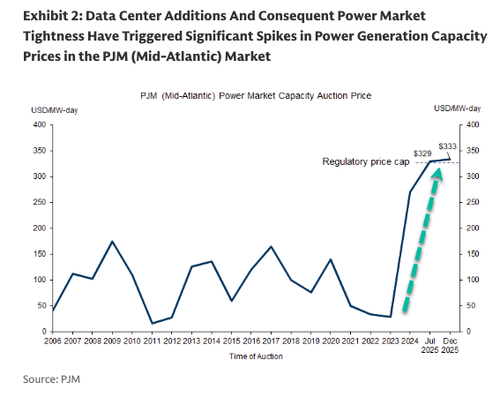
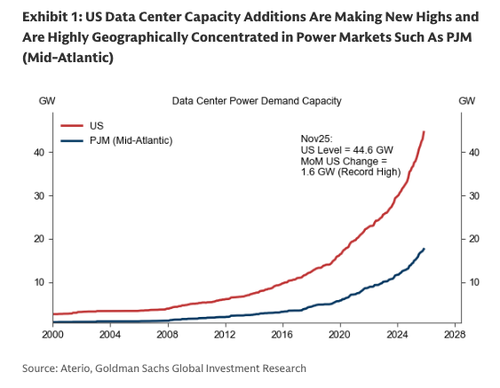
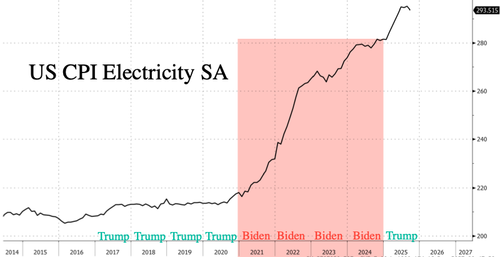
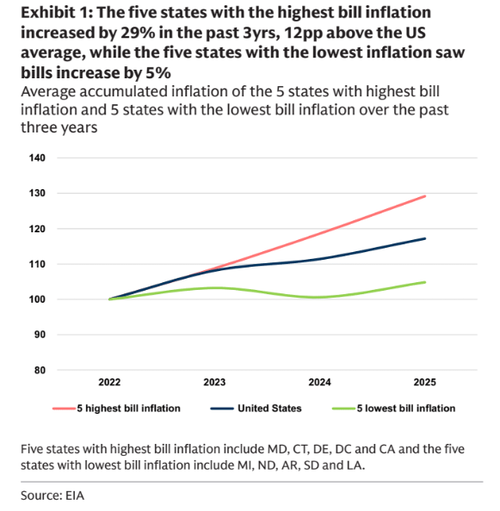
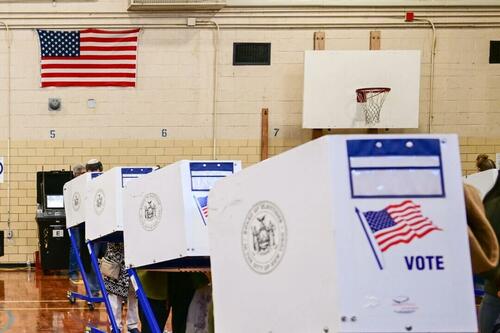




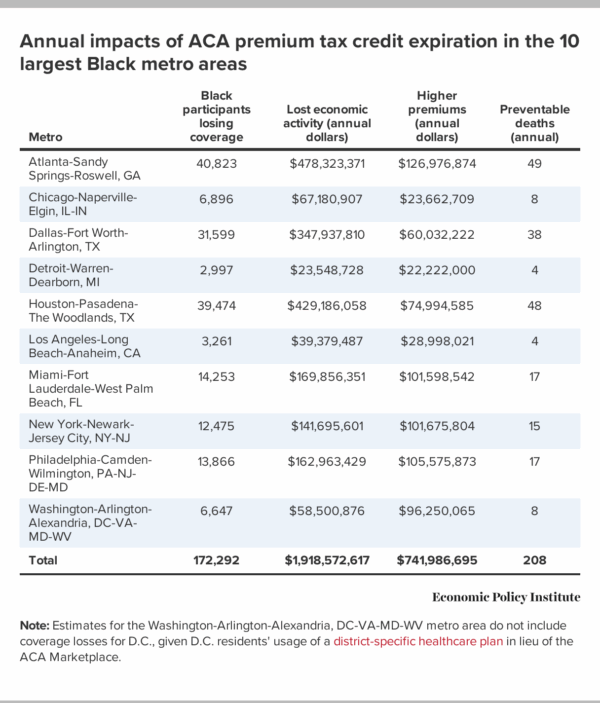








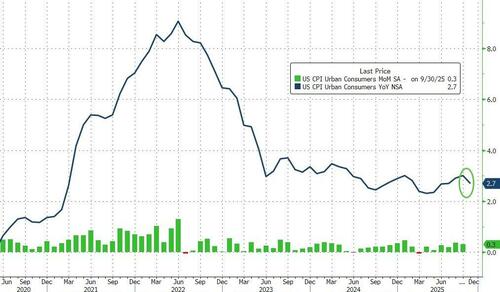
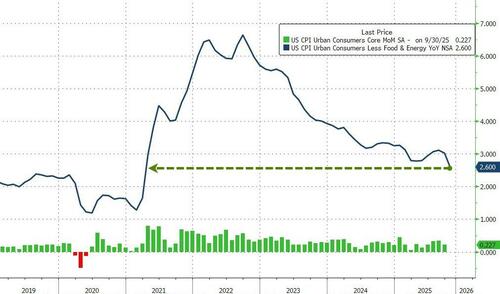

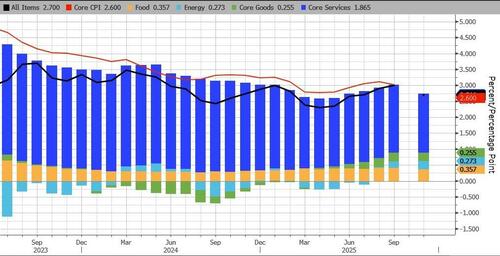



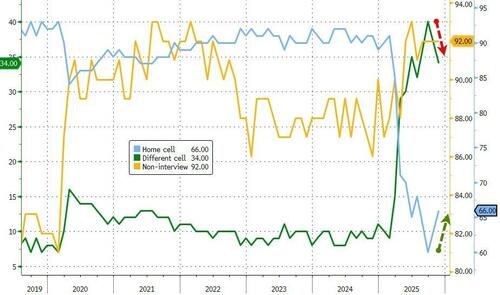
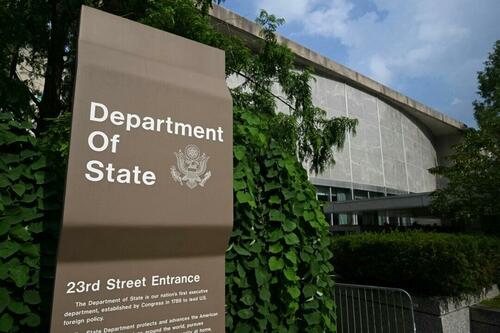
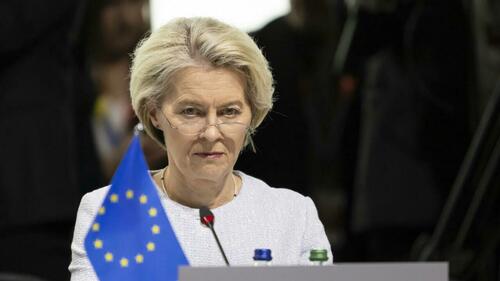 via Associated Press
via Associated Press
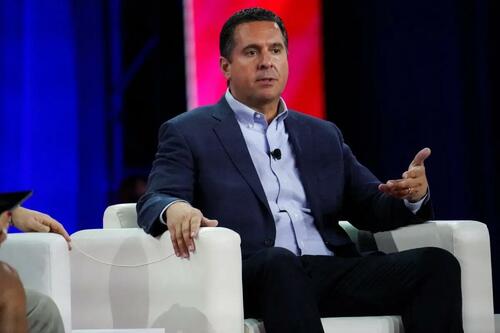
Recent comments